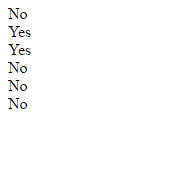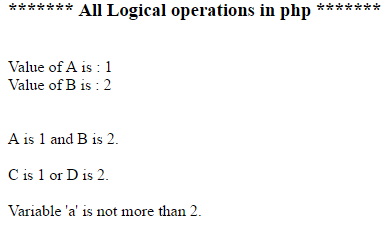C Language Syntax Rules
C language syntax specify rules for sequence of characters to be written in C language.The rule specify how character sequence will be grouped together to form tokens.
A smallest individual unit in c program is known as C Tokens. Tokens are either keyword, identifier, constant, variable or any symbol
which has some meaning in C language. A C program can also be called as collection of various tokens.
Example of C tokens,
1 int
2 Semicolon (;)
Comments
Comments are simple text in your C program that increases readability of programs. Compiler ignore anything written as comment in your program.
Example of comments :
Single line Comment
//This is a comment
Single line Comment
/*This is a comment*/
Multi line Comment
/*This is a long
and valid comment*/
Wrong Syntax
//this is not
a valid comment
Some basic syntax rule for C program
- C is a case sensitive language so all C instructions must be written in lower case letter.
- All C statement must be end with a semicolon.
- Whitespace is used in C to describe blanks and tabs.
- Whitespace is required between keywords and identifiers
















